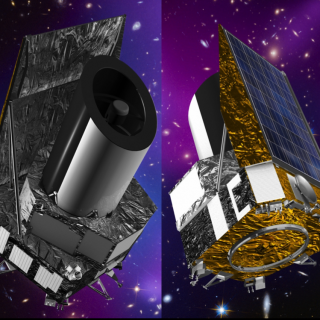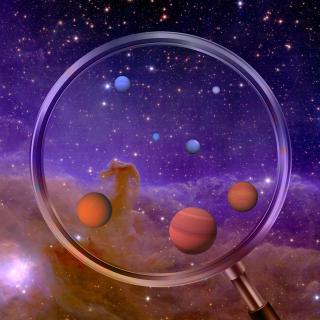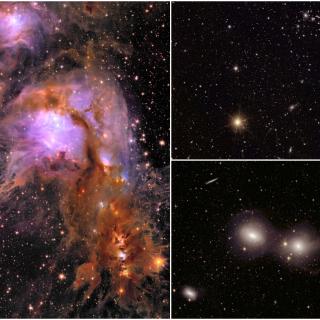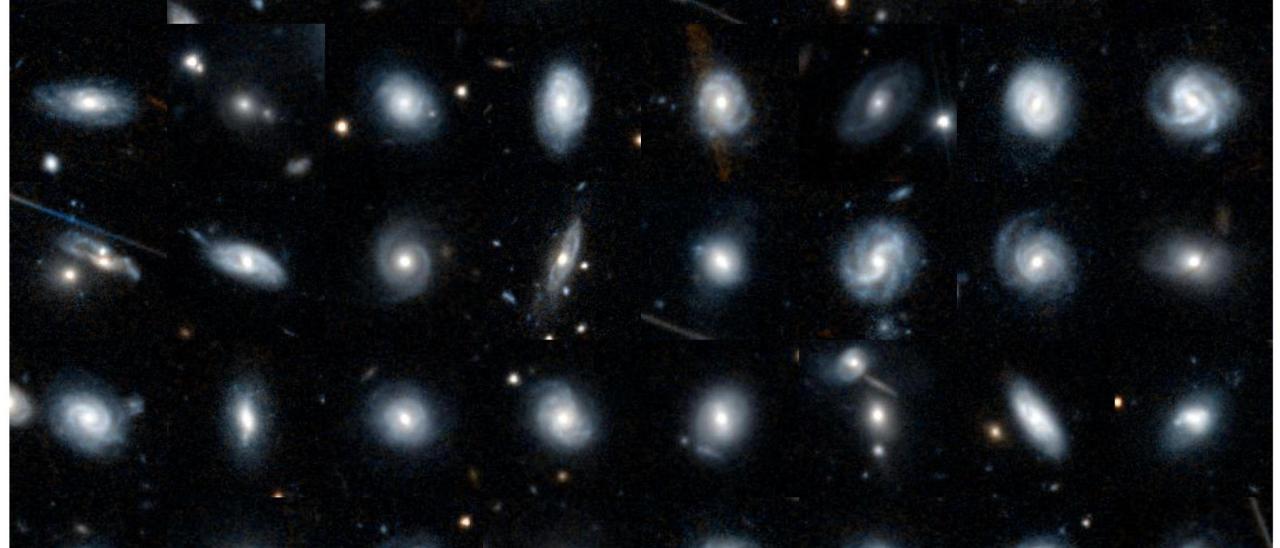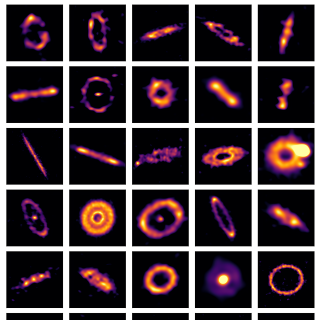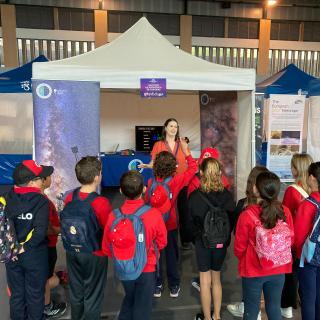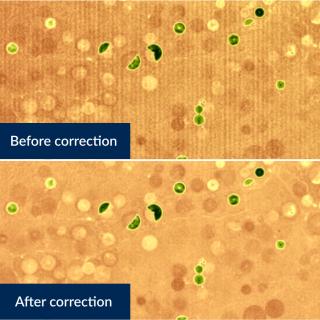A new citizen science project launched today by the European Space Agency (ESA) and the Euclid Consortium, in collaboration with the Zooniverse platform, will enable volunteers from around the world to identify the shapes of millions of galaxies in images taken by ESA's Euclid space telescope. The aim of the initiative is to train deep AI neural networks to build the largest morphology catalogue to date.
In November 2023 and May 2024, the world got its first glimpse at the quality of Euclid’s images, targeting a variety of sources, from nearby nebulas to distant clusters of galaxies. And this is just the beginning, as Euclid, in its mission to map out the Universe, will continue to take images of hundreds of thousands of distant galaxies.
For the next six years, the spacecraft is expected to send around 100 GB of data back to Earth every day. That’s a lot of data, and labelling that through human effort alone is incredibly difficult. That’s why ESA and Euclid Consortium scientists have partnered with Galaxy Zoo. This is a citizen science project on the Zooniverse platform, where members of the public can help classify the shapes of galaxies.
Euclid will release its first catalogues of data to the scientific community starting in 2025, but in the meantime any volunteer on the Galaxy Zoo project can have a glimpse at previously unseen images from the telescope. The first set of data, which contains tens of thousands of galaxies selected from more than 800 000 images, has been made available on the platform, and is waiting for you to help classify them.
"If you partake in the project, you could be the first to lay eyes on Euclid's latest images. Not only that, you could also be the first human ever to see the galaxy in the image" says Marc Huertas-Company, researcher at the Instituto de Astrofísica de Canarias (IAC) and responsible in the Euclid Consortium for the scientific exploitation of the satellite for the characterisation of the structure of galaxies.
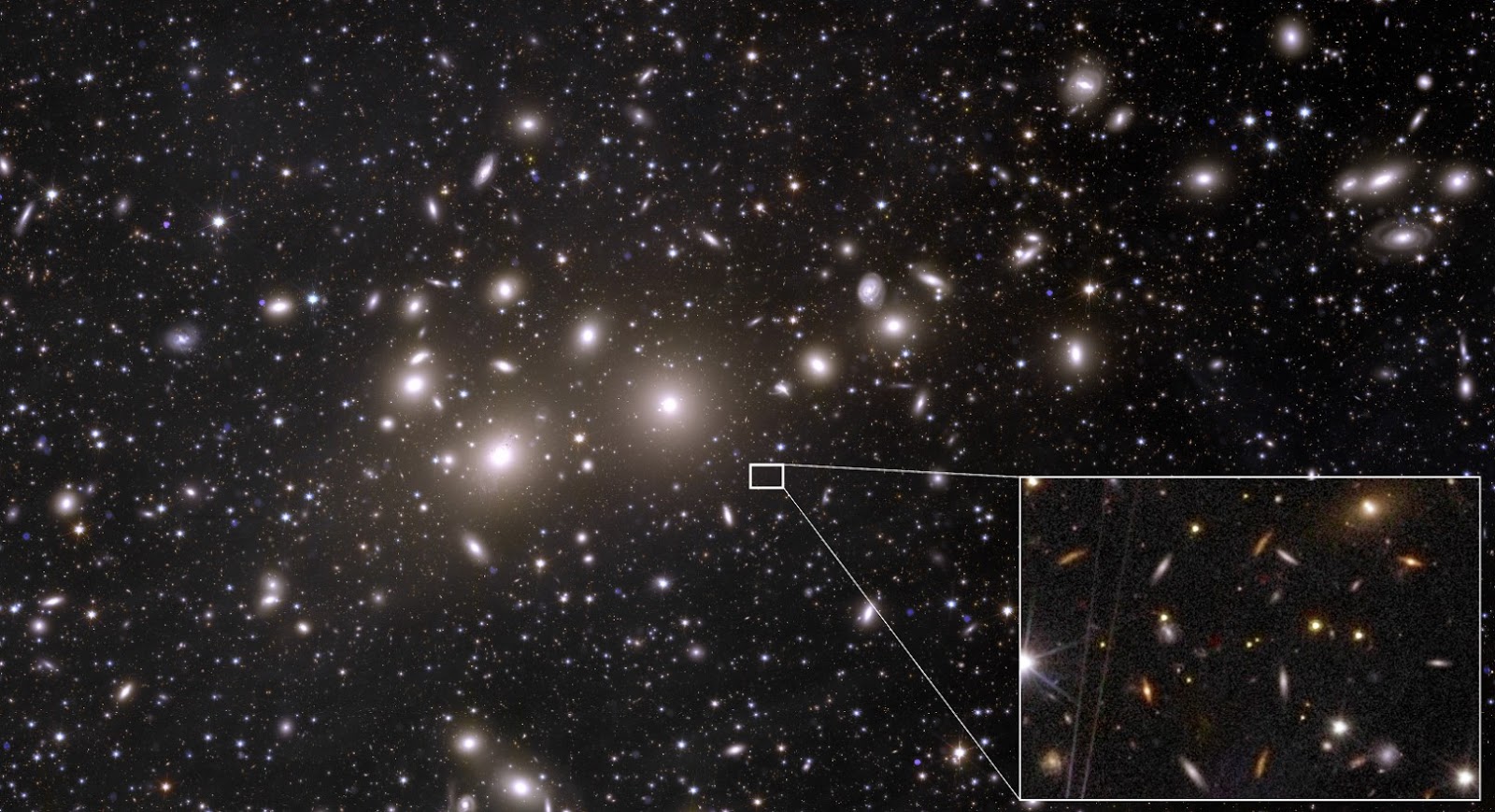
The Galaxy Zoo project was first launched in 2007, and asked members of the public to help classify the shapes of a million galaxies from images taken by the Sloan Digital Sky Survey. In the past 17 years, Galaxy Zoo has remained operational, with more than 400 000 people classifying the shapes of galaxies from other projects and telescopes, including the NASA/ESA Hubble Space Telescope and NASA/ESA/CSA James Webb Space Telescope.
Humans and AI working together
These classifications are not only useful for their immediate scientific potential, but also as a training set for Artificial Intelligence (AI) algorithms. "Without being taught what to look for by humans, AI algorithms struggle to classify galaxies. But together, humans and AI can accurately classify limitless numbers of galaxies" explains Huertas-Company.
At Zooniverse, the team has developed an AI algorithm called ZooBot, which will sift through the Euclid images first and label the ‘easier ones’ of which a lot of examples already exist in previous galaxy surveys. When ZooBot is not confident on the classification of a galaxy, perhaps due to complex or faint structures, it will show it to users on Galaxy Zoo to get their human classifications, which will then help ZooBot to learn more.
Galaxy Zoo, which makes use of ESA's Datalabs digital platform, shows volunteers images of galaxies and asks them several questions, such as “Is the galaxy round?”, or “Are there signs of spiral arms?”. After being trained on these human classifications, ZooBot will be integrated in the Euclid catalogues to provide detailed classifications for hundreds of millions of galaxies, making it the largest scientific catalogue to date and enabling groundbreaking new science.
The Euclid mission and the IAC
Euclid was launched in July 2023 and started its routine science observations on 14 February 2024. The goal of the mission is to reveal the hidden influence of dark matter and dark energy on the visible Universe. Over a period of six years, Euclid will observe the shapes, distances and motions of billions of galaxies out to 10 billion light-years.
Euclid is a European mission, built and operated by ESA, with contributions from NASA. The Euclid Consortium – consisting of more than 2000 scientists from 300 institutes in 15 European countries, the USA, Canada and Japan – is responsible for providing the scientific instruments and scientific data analysis. Among them, more than 20 Spanish institutions are involved, with around a hundred scientists dedicated to the processing and analysis of the mission's data. Also, around 80 European companies have been involved in the project, 9 of which are Spanish.
The IAC, together with the Polytechnic University of Cartagena (UPCT), has been in charge of the electronic unit that controls the NISP instrument and its start-up software. In fact, the IAC's technological participation has been awarded the EUCLID Consortium Euler Award for its outstanding contribution to the instrumentation of the mission.
The IAC also occupies a prominent place in the scientific exploitation of Euclid with three main areas of work. It has a cosmological research programme on the properties of matter and dark energy, led by the researchers José Alberto Rubiño, Carlos Hernández and Ricardo Génova. A second group, led by Carlos Gutiérrez, Marc Huertas and Helmut Dannerbauer, with the participation of other researchers from the centre, uses Euclid surveys to study the formation and evolution of galaxies.
Finally, the SUBSTELLAR project exploits the mission data to identify an unprecedented number of substellar-mass objects (brown dwarfs and planetary-mass stars). This programme is funded by the European Research Council through an Advanced Grant and is led by Eduardo L. Martín Guerrero, CSIC professor at the IAC and one of the two Independent Legacy Scientists of the Euclid mission, who coordinates an international team with the participation of an outstanding group of scientists from the IAC.
ESA news story
Contact at the IAC:
Marc Huertas-Company, mhuertas [at] iac.es (mhuertas[at]iac[dot]es)

